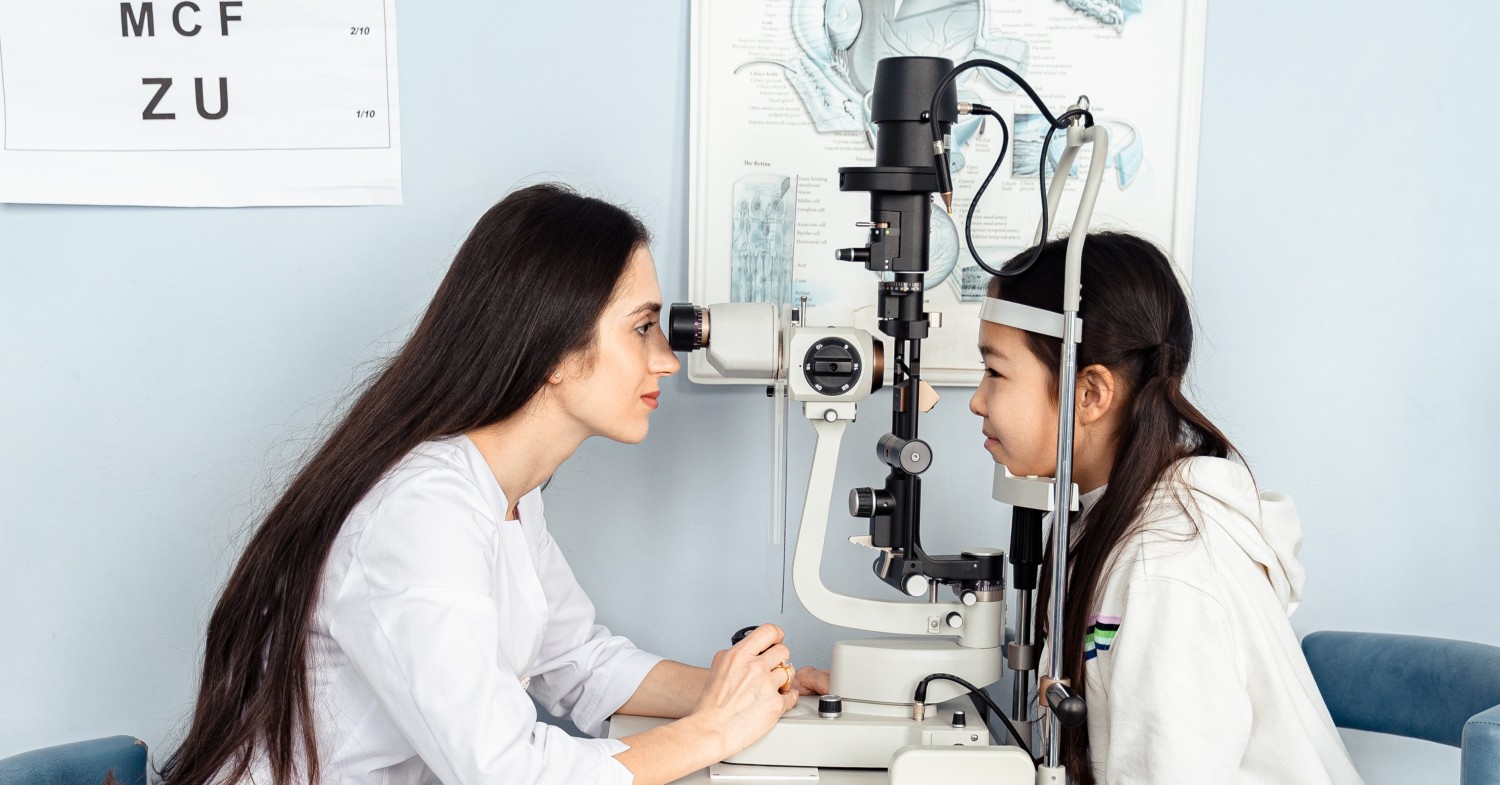
Can You Get a Doctor of Optometry Degree Online?
Only 23 schools in the US offer a Doctor of [...]

Telehealth services have been available for years, but prior to the COVID-19 pandemic, their use was limited. All that changed in the spring of 2020, when occupational therapy practitioners, like other medical providers, began utilizing telehealth to treat clients. It worked well enough—and clients so enjoyed the convenience—that many occupational therapists (OTs) intend to continue offering telehealth services going forward.
While telehealth poses some challenges to providing occupational therapy services, studies of its use during the pandemic found it to be a “satisfactory and effective service delivery model.” How is telehealth used in occupational therapy? This article explores that question and also addresses:
Telehealth supports occupational therapy practice through its four modalities:
All four modalities of OT telehealth support patients living in more remote areas where specialists are scarce, or who have limited mobility that makes travel to and from appointments difficult or expensive.
The American Occupational Therapy Association’s (AOTA) official position on telehealth, as outlined in its American Journal of Occupational Therapy (AJOT), is that its use is fine as long as it best meets the client’s needs and is an appropriate method of providing care: “Clinical and ethical reasoning guides the selection and application of appropriate use of telehealth to evaluate and meet client needs.” With this in mind, using telehealth as a full or hybrid service delivery model can be beneficial and appropriate for use in the evaluation, intervention, consultation, and monitoring of a client’s treatment and progress.
Telehealth’s effectiveness has been measured by the Annals of Family Medicine from the National Institutes of Health (NIH), which found that for adults: “Some patients felt more comfortable with video visits than office visits and expressed a preference for receiving future serious news via video visit because they could be in their own supportive environment.”
A study of children published in the International Journal of Telerehabilitation found: “In the school setting, telehealth has been shown to increase timely access to care and provide care to students who could not attend in-person therapy sessions.” Other benefits of OT telehealth in the school setting included cost savings, flexible scheduling, and the ability to provide services to homebound students. Parents, caregivers, and patients are often more engaged as a team with the OTP when receiving services via telehealth than when receiving occupational therapy services in-person.
OT telehealth was also found to be effective for caregiver coaching, in enhancing children’s ability to follow directions and improve social skills, and addressing children’s complex medical needs including motor control issues, feeding disorders, and issues related to autism spectrum disorder.
For autistic children, telemedicine offers some unique opportunities. In early childhood, parents of autistic children often need help and support when working on their children’s home-based activities of daily living (ADLs) routines, such as toilet training, mealtime behavior, bath time, or bedtime. Telehealth is seen as “a promising method to deliver intervention services to an increased number of families of children with ASD and address the gaps in service delivery from early intervention to early childhood.”
In general, building therapy routines via telehealth can help clients develop skills to live more safely and independently at home while allowing providers to monitor and oversee health services easily. Telehealth can also be an avenue to provide clients with education on assistive technology and adaptive techniques, help modify environments at work, school, and home, and support healthy routines and habits.
Occupational therapists who utilize telehealth have found that it has increased their access to clients, improved communication with specialists and other healthcare providers, and enabled them to see more patients. They also benefited from greater safety, a more flexible schedule, and a more favorable work-life balance.
Likewise, OT clients experienced greater access to care with telehealth sessions. Eliminating the need for transportation meant these sessions were more convenient for many clients (particularly those with disabilities and mobility issues), were more cost- and time-effective, reduced delays in care, and allowed even the most remote households the benefit of intervention from OT services.
The downside of telehealth for OT clients is that some may have issues with the technology involved. Successful telehealth sessions require access to a computer, a reliable connection to the internet, and familiarity and comfort with the technology involved (e.g., Zoom).
There are challenges for providers as well. Practitioners should investigate how Medicare and Medicaid handle reimbursement for telehealth services. Coding needs to be very specific for some telehealth occupational therapy sessions to be covered.
In addition, before treating patients via telehealth services, it’s important for OT providers to check with their state licencing board to compare licensure policies by state, confirm which HIPAA laws are applicable, and clarify issues like informed consent.
A master’s in occupational therapy fully prepares OT students for a career in the field and is a necessary step toward fully licensed practice. While occupational therapy assistants (OTAs) can work in entry-level positions with an associate’s or bachelor’s degree, they need at least a master’s degree to advance to full practice. All OT master’s and doctoral programs in the US are regulated by the Accreditation Council for Occupational Therapy Education (ACOTE).
Post-graduation, all occupational therapists also must pass the National Board of Certification in Occupational Therapy (NBCOT) examination to earn their license.
It generally takes about two years of full-time study to earn an occupational therapy master’s. Some schools offer several paths through their programs. They may have an accelerated course of study if a student has completed their bachelor’s degree in OT or offer part-time options and weekend study over seven semesters instead of two for students working their way through graduate school.
Typically, OT graduate programs require either a bachelor’s degree in occupational therapy (or related health science), or that you take prerequisite coursework in human anatomy and physiology, behavioral science, abnormal psychology, human development, and statistics.
Aspiring OT students also must submit official undergraduate transcripts (showing a GPA of 3.0 or more), letters of recommendation from professors or supervisors (typically three), proof of relevant work experience (which should include at least 20 documented observation hours), and a personal essay.
The Occupational Therapist Centralized Application Service (OTCAS) serves as a common application accepted by many OT programs.
Occupational therapy coursework includes clinical and professional reasoning, functional anatomy, assessment in occupational therapy, mental and behavioral health, therapeutic approaches, biomechanical and neurorehabilitation theory and practice, and productive aging theory. Clinical work with patients constitutes a large component of the curriculum and fieldwork runs concurrently with coursework.
In occupational therapy programs, specialization occurs after students have earned their master’s and are already working in a particular area of the field. Occupational therapists then have the option to earn specialized certificates through the American Council for Occupational Therapy Education (ACOTE) in areas like pediatrics, speech therapy, autism, mental health, brain injury, and research.
There are many top occupational therapy master’s programs across the US, including
(Last Updated on February 26, 2024)
Questions or feedback? Email editor@noodle.com

Only 23 schools in the US offer a Doctor of [...]
Categorized as: Occupational & Behavioral Therapy, Nursing & Healthcare